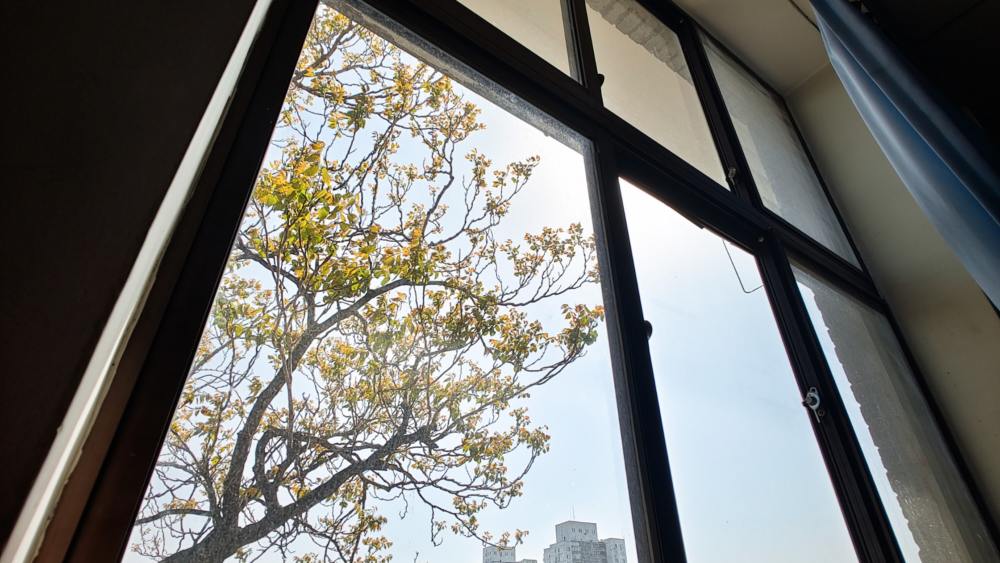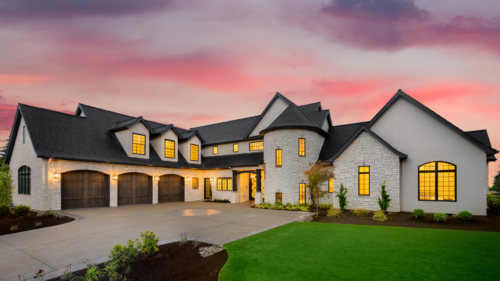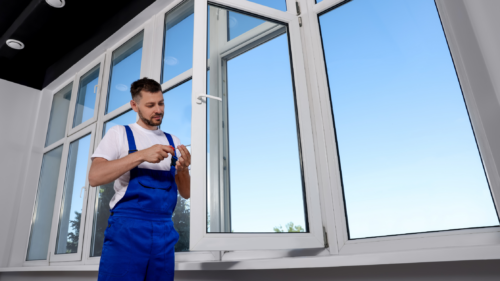Ever find yourself wincing at the sound of traffic or neighbors? You’re not alone. With the hustle and bustle of daily life inching ever closer to our doorsteps, finding peace within our walls has become paramount. Enter noise reduction windows – a game-changer for homeowners everywhere seeking serenity. From their science-backed functionality to diverse options available, understanding these marvels could very well be your first step towards reclaiming tranquility.
Understanding Noise Reduction Windows
If you’re on a quest to turn your home into a quiet sanctuary, installing noise-reducing windows could be the change you didn’t know you needed. But how do they work their magic?
So, at the end of the day, what it really boils down to is understanding sound waves and their journey through various materials. By understanding this, we can create windows that significantly reduce the amount of noise that enters your home.
The science behind noise reduction windows
Sound waves are essentially vibrations that travel through the air, and when they hit a surface, they can either be absorbed, reflected, or transmitted. In the case of windows, we want to minimize the amount of sound that is transmitted through the glass and into your home.
This is where the concept of sound transmission class (STC) comes into play. STC is a measure of how well a material blocks sound, and the higher the STC rating, the better the soundproofing properties.
How do noise reduction windows work?
Noise reduction windows work by combining several different techniques to minimize sound transmission:
- Increasing the thickness of the glass
- Using multiple panes of glass with air spaces in between
- Adding laminated glass or special acoustic interlayers
- Using specialized framing materials and weatherstripping to create an airtight seal
By using a combination of these techniques, noise reduction windows can achieve STC ratings of 45 or higher, which can reduce outside noise by up to 95%.
Types of Noise-Canceling Windows
Alright, now that we’ve got the science of noise reduction windows down pat, let’s dive into checking out the various kinds you can find on the shelves today.
Exploring double-pane windows
Double-pane windows, also known as insulated glass units (IGUs), are one of the most common types of noise reduction windows. They consist of two panes of glass separated by a layer of air or gas, which helps to reduce sound transmission.
In addition to their soundproofing properties, double-pane windows also offer excellent energy efficiency, helping to keep your home warm in the winter and cool in the summer.
Benefits of triple-pane windows
For even greater noise reduction and energy efficiency, triple-pane windows are the way to go. As the name suggests, these windows have three panes of glass, with two layers of air or gas in between.
Triple-pane windows can achieve STC ratings of 50 or higher, making them an excellent choice for homes in noisy urban areas or near busy roads and airports.
Understanding laminated glass windows
Another crowd-pleaser for keeping the noise out is laminated glass windows. These windows feature a special interlayer of polyvinyl butyral (PVB) or ethylene-vinyl acetate (EVA) sandwiched between two panes of glass.
This interlayer helps to absorb sound waves and reduce noise transmission, while also providing added safety and security benefits. If the glass is broken, the interlayer holds the pieces together, preventing shattering and potential injuries.
Choosing the Right Noise-Reduction Window for Your Needs
With so many options available, how do you choose the right noise-reduction window for your home? Here are a few key factors to consider:
Assessing your noise problem
The first step is to assess the level and type of noise you’re dealing with. Is it constant traffic noise, or occasional aircraft flyovers? Is it high-frequency or low-frequency noise?
Different types of noise require different soundproofing solutions, so it’s important to understand the nature of your noise problem before making a decision.
Considering energy efficiency
In addition to their soundproofing properties, noise reduction windows can also provide significant energy savings. Look for windows with low U-values and high R-values, which indicate better insulation and energy efficiency.
Energy-efficient windows can help to reduce your heating and cooling costs, while also making your home more comfortable year-round.
Cost considerations
Naturally, when you’re thinking about giving your home a facelift, the price tag is something you can’t ignore. Noise reduction windows can be more expensive than standard windows, but the long-term benefits often outweigh the initial investment.
Consider the potential energy savings, increased home value, and improved quality of life that come with a quieter, more peaceful home environment.
Installation Options for Soundproof Windows
Once you’ve chosen the right noise-reduction windows for your home, it’s time to think about installation. Here are your options:
Professional vs. DIY installation
While it’s possible to install noise reduction windows yourself, it’s generally recommended to hire a professional. Proper installation is crucial for achieving optimal soundproofing and energy efficiency, and even small mistakes can compromise the performance of your windows.
Professional installers have the tools, expertise, and experience to ensure that your windows are installed correctly and perform as intended.
Proper installation for airtight seals
One of the most important aspects of noise reduction window installation is creating an airtight seal. Any gaps or leaks around the window frame can allow sound to enter your home, reducing the effectiveness of your soundproofing efforts.
To ensure an airtight seal, installers use specialized weatherstripping and caulking materials to fill any gaps and create a barrier against sound and air infiltration. They might also throw in some expanding foam insulation to help keep things quieter.
Alternative Soundproofing Methods
While noise reduction windows are one of the most effective ways to reduce outside noise, they’re not the only option. Here are a few alternative soundproofing methods to consider:
Using acoustic sealants
Acoustic sealants are specialized caulking materials designed to reduce sound transmission through gaps and cracks in walls, ceilings, and floors. You can slap them around windows, doors, and any other nooks that need sealing to not only keep the drafts out but also dial down the noise from outside.
Acoustic sealants are relatively inexpensive and easy to apply, making them a good option for DIY soundproofing projects.
Exploring window inserts
Slipping in window inserts is another crowd-pleaser when you’re aiming to dial down the racket from outside. These are essentially a second window that fits inside your existing window frame, creating an additional layer of soundproofing.
Window inserts can be made of various materials, including acrylic, glass, and even magnetic inserts that can be easily removed for cleaning or ventilation. For those of you renting or not keen on swapping out your current windows, these make a solid choice.
The role of window treatments
While not as effective as noise reduction windows or inserts, window treatments can also help to reduce outside noise. Heavy curtains, drapes, and blinds can absorb sound waves and reduce echo and reverberation in a room.
Teaming up window treatments with other noise-busting moves, like slapping on some acoustic sealants or popping in window inserts, can seriously dial down the racket and make your space a whole lot more zen.
Noise Reduction Windows FAQs:
Do noise reduction windows work?
Absolutely. They cut down on outside racket by disrupting sound waves, making your space quieter and more serene.
How do you reduce noise through windows?
Installing double or triple-pane glass, using laminated glass, or adding thick curtains can all significantly lower noise levels.
What can I put on windows to block out noise?
Noise-blocking window inserts or acoustic sealants are great picks. Heavy drapes also help muffle unwanted sounds effectively.
Do window inserts really reduce noise?
Yes, they do. Inserts add an extra layer of insulation against sound, turning the volume way down on outdoor clamor.
Conclusion
So here we are at the end of our journey through the world of noise reduction windows. Whether it’s cutting down on street clamor or simply enhancing your home’s calm ambiance, incorporating these specialized windows can make all the difference in crafting a serene environment. Ready to hire a window pro? Fill out this form to find pros near you!




